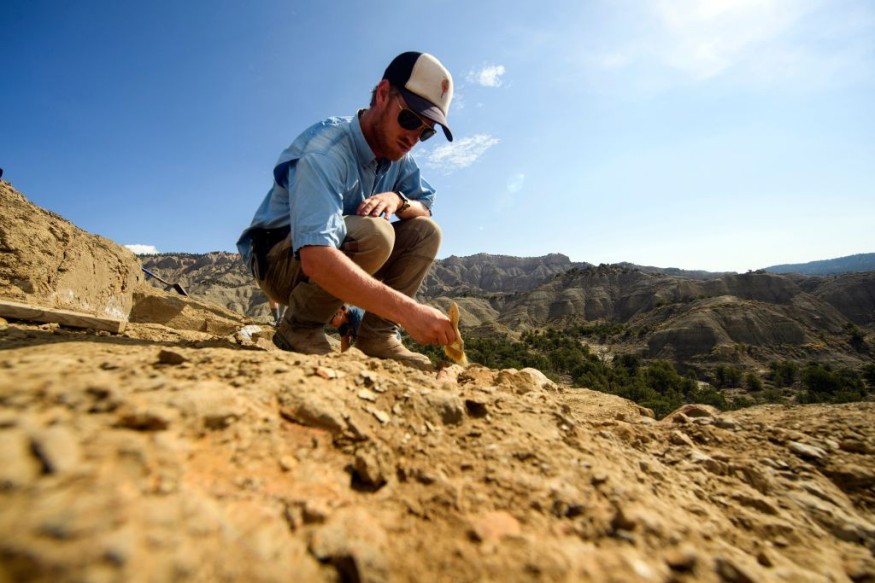More than 100 fossils have been unearthed in a 70-year-lost Brazilian paleontological site. Around 260 million years ago, even before the first dinosaurs, the optimum environmental conditions existed to preserve the species that formerly inhabited this area, which, according to the fossil record, were preserved in thin layers of rock and are now slowly being uncovered.
Paleontologists from three colleges in the Rio Grande do Sul, Brazil, discovered a fossiliferous site that had been lost for more than 70 years near Dom Pedrito, the hub of the Campanha area and a border city with Uruguay.
Cerro Chato is the name of the place where the fossils were discovered. Researchers doing geological mapping in the Pampa gaucho found and characterized it for the first time in 1951. Fossils, particularly of plants, were gathered and characterized at the time, demonstrating the importance of the fossiliferous site for national paleontology since then.

However, the technical means available at the time did not allow for the precise geographic referencing of the fossiliferous site, which was thereafter lost for seven decades.
Finally, the paleontological site was rediscovered in 2019 because of a collaborative effort including researchers from the Federal University of Rio Grande do Sul (Ufrgs), the University of Vale do Taquari-Univates, and the Federal University of Pampa (Unipampa).
Joseane Salau Ferraz, a Master's student at the Federal University of Pampa, is now researching the Cerro Chato fossiliferous site. The research is based on a portion of the construction of the Science Museum's Laboratory of Paleobotany and Evolution of Biomes at Univates. The excavations are being continued by the researchers, who have a three-year field activity plan.
Recovering Hundreds of Fossils
Scientists have already recovered more than 100 plant fossils, including progenitors of today's conifers and ferns, and animal fossils such as fish and mollusks. The recovered fossils have been put in the scientific collection of Unipampa's Laboratory of Paleobiology in So Gabriel.
Previous expeditions only prospected the surface of this outcrop, a very thick limestone that was impossible to penetrate, explains Joseane.
"The fossils we are studying are of global importance because they are direct testimonies of the environmental changes that occurred during the Permian period. These studies will help us retrieve information about the distribution of these plants around the world, as well as collecting evidence on what the climate was like at the time," Joseane says.
The end of the Permian epoch, from which the discovered fossils date, is marked by the most catastrophic mass extinction known in geologic time when more than 90% of life on Earth was annihilated owing to severe weather disruptions.
Key Players
The proprietors of the property where the fossiliferous site is located and the Municipality of Dom Pedrito were critical players in the excavation rescue effort, providing all required assistance for the collections.
Celestino Goulart, the area's owner, believes that "the advancement of study is of tremendous importance, as it helps to comprehend the changes that have occurred on the planet and provides a huge incentive to tourism in the Campanha region of Rio Grande do Sul."
A scholarly paper (in Portuguese) on the rediscovery of the paleontological site was published in the Brazilian Society of Paleontology's magazine Paleontologia em Destaque. The finding is signed by Joseane Salau Ferraz, Joseline Manfroi, Karine Pohlmann Bulsing, Margot Guerra-Sommer, André Jasper, and Felipe Pinheiro.
The team is working on other publications and hopes to continue the work on-site. At the time, the team is working with a description of a fern, the first record for the Rio do Rastro Formation in RS.
Related Article : One of the World Largest Mass Extinctions May Have Been Triggered by Volcanic Winter
For similar news, don't forget to follow Nature World News!
© 2025 NatureWorldNews.com All rights reserved. Do not reproduce without permission.





